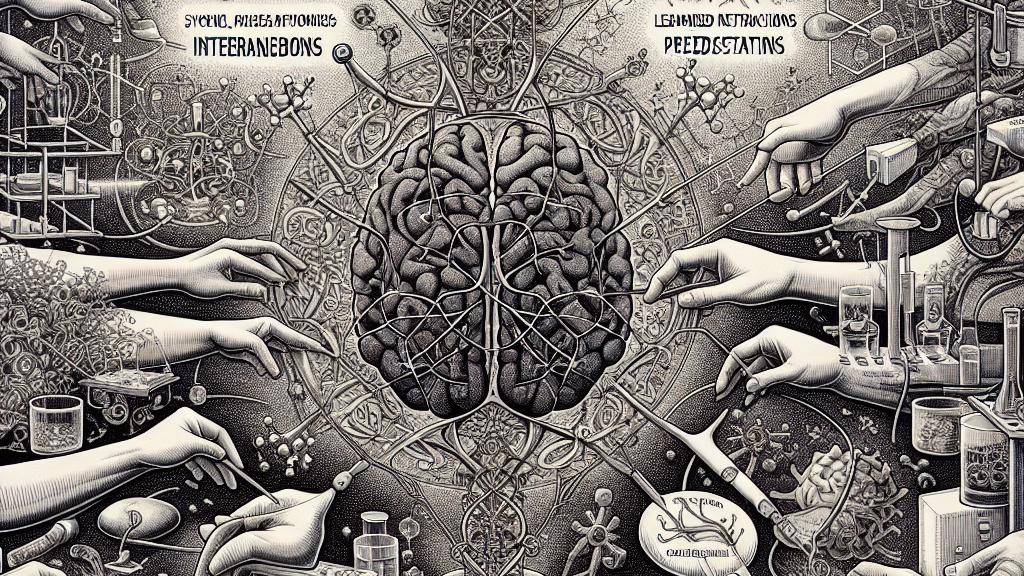Neurosymbolic Approaches in Interpretable Drug Discovery
Overview
- Neurosymbolic AI artfully combines logical reasoning with neural networks, greatly enriching interpretability in drug discovery.
- The MARS system innovatively tackles drug mechanism-of-action deconvolution, leveraging a sophisticated knowledge graph.
- Revolutionary advancements in deep learning are fundamentally reshaping the landscape of drug discovery and development, unlocking unprecedented possibilities.

Understanding Neurosymbolic Approaches
In the dynamic realm of drug discovery, particularly in the United States, a remarkable advancement is transforming the field—neurosymbolic (NeSy) artificial intelligence. Picture a system that seamlessly merges the analytical rigor of rule-based logic with the adaptive capabilities of neural networks. This fusion offers a profound enhancement in interpretability, allowing researchers to glean meaningful insights from intricate biomedical data. A stellar example of this innovation is the MARS system, which adeptly assesses the mechanism of action (MoA) of drugs by incorporating logical rules alongside learned representations. This not only yields exceptional performance but also ensures that the interpretations provided are grounded in biological reality. Such a multifaceted approach not only builds trust in AI-generated predictions but also fosters a collaborative spirit between advanced technology and traditional scientific inquiry.
The Role of Drug Mechanism-of-Action (MoA) Deconvolution
At the core of successful drug discovery lies the pivotal task of unraveling how drugs interact with complex biological systems, and this is where MoA deconvolution truly shines. The MARS system utilizes an innovative knowledge graph called MoA-net, which serves as a powerful tool for exploring the nuanced interactions between drugs and their biological targets. For instance, by elucidating how specific compounds modulate cellular pathways, researchers can design targeted therapies that maximize benefits while minimizing adverse effects. Notably, MARS achieves results that rival leading models and provides interpretations that align perfectly with established biological knowledge. This exceptional combination of accuracy and interpretability is crucial for the adoption of AI in drug discovery, empowering healthcare professionals to leverage AI insights with greater confidence and precision.
Advancements in Deep Learning Tools
The rapid evolution of deep learning tools within the drug discovery landscape marks a watershed moment in how researchers identify and develop new therapeutic candidates. By capitalizing on vast biological datasets, scientists can unveil patterns and relationships that traditional methods often miss—imagine harnessing algorithms to predict drug-target interactions while analyzing millions of data points in mere seconds! For example, through machine learning and deep learning techniques, researchers can optimize lead compounds at an unprecedented pace. This agile approach allows for swift iterations, dramatically increasing research efficiency and accuracy. Moreover, the synergy between cutting-edge AI technologies and pharmaceutical research signifies a pivotal transformation in addressing complex healthcare challenges. As we embrace this new era of AI-driven discovery, the horizon is bright with potential for innovative solutions that can significantly improve patient outcomes and redefine the possibilities of therapeutic development.

Loading...